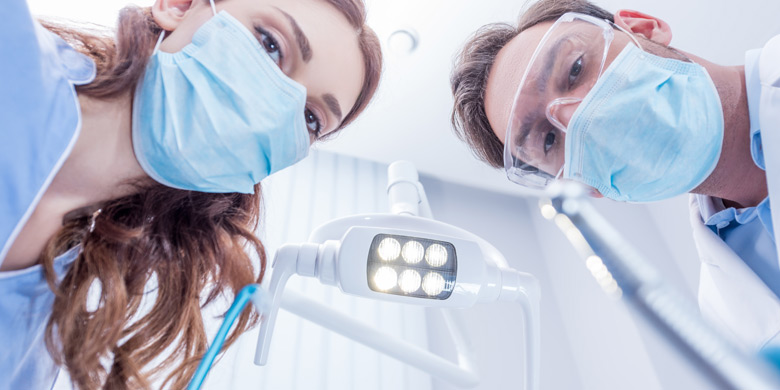
Every type of cleft is a separate entity, but they are often referred to as one. There are over 100 syndromes associated with a cleft lip and palate and one in every 1000 children are born with some combination.
The causes of cleft lip and palate are complex and usually the result of unpredictable factors. A cleft forms in utero between four and eleven weeks of a pregnancy—this is when facial structures can fail to join and develop properly. This can lead to a hole in the palate and the lip, on one or both sides. In some cases, you can detect a cleft lip and palate during an ultrasound around week 13 of a pregnancy.
Effective treatment requires a specialized team of health professionals called the Cleft Lip and Palate Team who manage the treatment of a child born with a cleft. The team consists of a few key members:
Feeding is challenging for babies born with a cleft, due to their inability to produce suction. As feeding can take a lot of time and energy for the baby, special nipples and feeding bottles are used to help. An operation is necessary to completely fix the issue.
Treatment can begin as soon as the baby is one week old. A NAM (nasoalvolar moulding) device is used to shape the bones of the mouth, lips and nose, which helps to reduce the size of the cleft before the operation.
Early treatment also helps with post surgical healing and helps improve the surgical result. Cleft lip repair usually occurs within the first four to six months, with palate repair happening within six to twelve months.
The Cleft Lip and Palate Team monitors and assesses growth and development, especially in the areas of hearing, speech and language. As the child grows, dental development is closely monitored, as teeth forming near the cleft site may be malformed, misplaced or missing. Extra teeth are also common.
Around the age of ten, the team may recommend a bone graft to fill in areas of missing bone for teeth to eventually grow into. An orthodontist is an integral part of the management and monitoring of the development of the jaw structure and growth of the face.
Early orthodontic treatment is usually needed around the time baby teeth are falling out and being replaced by adult teeth. Braces or appliances are used to help normalize the jaw structure and manage any “problem teeth”.
Once all of the adult teeth have grown in, braces will be needed. Some children with cleft lip or palate may need additional surgery to achieve a better bite. Lip and nose revisions can be considered once the child has fully finished growing.
Modern surgical and orthodontic techniques available to repair cleft lip and palate produce minimal scarring and greatly improve the aesthetics and function of the lip and palate.
More like this


